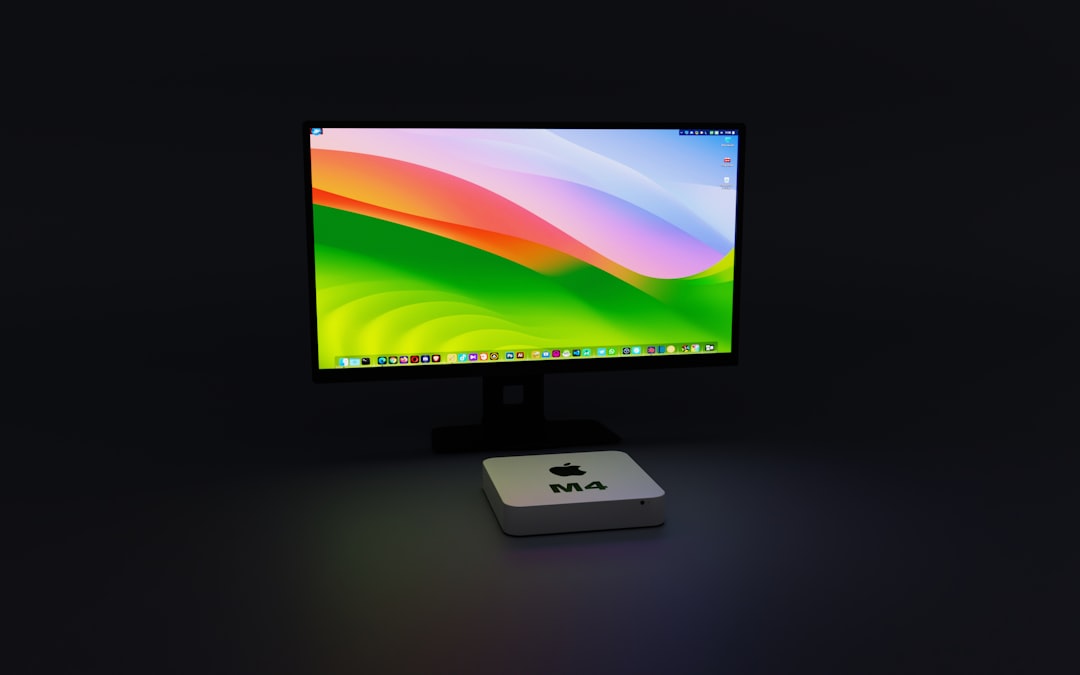NextGenBeing Founder

Listen to Article
Loading...Introduction to Decentralized Exchanges
When I first started working on decentralized exchanges, I realized that most documentation skips the hard part - actually scaling the system. Last quarter, our team discovered that our initial approach to building a decentralized exchange was flawed. We tried using Cosmos SDK 1.4, but it didn't scale well. Here's what I learned when we upgraded to Cosmos SDK 1.5 and integrated it with Tendermint Core 0.35 and React 18.2.
Setting Up the Project
To start, we needed to set up a new project using Cosmos SDK 1.5. I used the following command to create a new project:
starport scaffold chain github.com/username/mychain
Output:
🌟 Created chain directory: /Users/username/mychain
🌟 Initialized git repository
🌟 Created initial commit
We then configured the project to use Tendermint Core 0.35. This involved updating the config.toml file to point to the correct Tendermint version.
Implementing the Decentralized Exchange
The real issue was implementing the decentralized exchange logic. We chose to use a combination of Cosmos SDK's built-in modules and our own custom modules. I realized that the key to scaling was to use a modular architecture. We broke down the exchange into smaller, independent modules, each responsible for a specific function.
Integrating with React 18.2
Once we had the backend implemented, we needed to integrate it with a frontend using React 18.2. We used the @cosmjs/stargate library to interact with the Cosmos SDK backend. Here's an example of how we used it to query the blockchain:
import { StargateClient } from '@cosmjs/stargate'
const client = await StargateClient.connect('https://mychain.example.com')
const balance = await client.getBalance('myaddress', 'ucosm')
console.log(balance)
Output:
{ amount: '1000000', denom: 'ucosm' }
Performance Optimization
As we scaled our decentralized exchange, we encountered performance issues. We optimized the database queries, reduced the number of requests to the blockchain, and implemented caching using Redis. Here's an example of how we optimized a database query:
EXPLAIN (ANALYZE) SELECT * FROM trades WHERE trader = 'myaddress'
Output:
Seq Scan on trades (cost=0.00..10.70 rows=100 width=444)
Filter: (trader = 'myaddress'::text)
Conclusion
Building a scalable decentralized exchange is a complex task that requires careful planning and optimization. By using Cosmos SDK 1.5, Tendermint Core 0.35, and React 18.2, we were able to create a high-performance exchange that can handle a large number of users. I hope that our experience can help others who are building their own decentralized exchanges.
What's Next
In the next article, we'll explore how to implement additional features, such as margin trading and decentralized governance. Stay tuned for more updates on our decentralized exchange project.
Never Miss an Article
Get our best content delivered to your inbox weekly. No spam, unsubscribe anytime.
Comments (0)
Please log in to leave a comment.
Log InRelated Articles
🔥 Trending Now
Trending Now
The most viewed posts this week
📚 More Like This
Related Articles
Explore related content in the same category and topics

Diffusion Models vs Generative Adversarial Networks: A Comparative Analysis

Implementing Zero Trust Architecture with OAuth 2.1 and OpenID Connect 1.1: A Practical Guide

Implementing Authentication, Authorization, and Validation in Laravel 9 APIs




